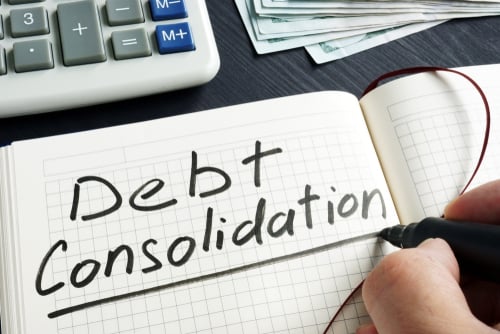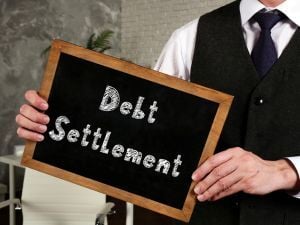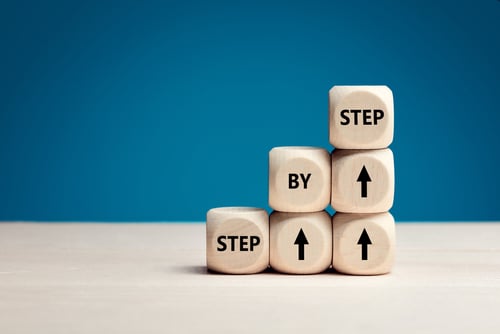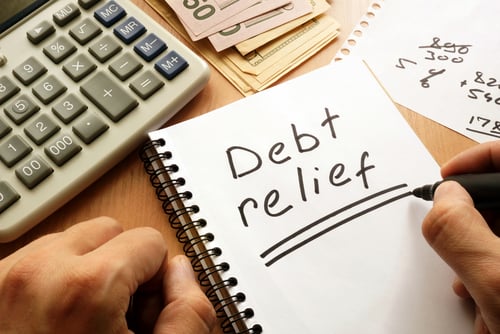How To Rebuild Your Credit Score After Bankruptcy
For those individuals burdened with unmanageable debt, declaring bankruptcy may represent the best viable option available, as the emotional and financial relief that results from the removal of monstrous debt is often worth the consequences of filing for bankruptcy. However, bankruptcy should not be entered into lightly without an understanding of these long-term consequences.
For example, a Chapter 7 bankruptcy will remain on a credit report for ten years from the filing date, and a Chapter 13 bankruptcy will remain on a credit report for seven years from the filing date. Either can impede your ability to obtain new lines of credit, while potential employers and landlords may frown upon this aspect of a financial history.
Furthermore, a bankruptcy filing typically reduces a FICO credit score toward the low 500s. However, with careful planning and responsible financial behavior – particularly in the first two years following a bankruptcy discharge – it is possible to rebuild a FICO credit score to healthy levels following bankruptcy. Let’s now examine the process of rebuilding a credit score following bankruptcy.

Take Inventory
ABC
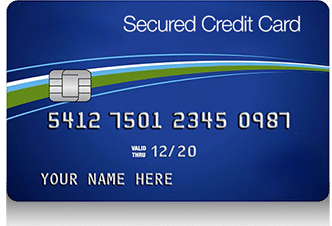
Start with a Secured Credit Card
Secured credit cards are backed by a deposit put into place by the cardholder – hence the term “secured” – but they help an individual emerging from bankruptcy to build up a track record of responsible monthly payments.
Though some secured credit cards come with annual fees and many have high interest rates attached, they are still extremely useful for re-building a credit score. After making an initial deposit (typically of several hundred dollars), the cardholder is granted a credit line that is generally equivalent to the amount of the deposit. From there, mild usage of the card will create a monthly payment that must be paid in a timely manner – every single month.
Importantly, also make certain that the card issuer will be notifying all three major credit bureaus each month of your timely payments – otherwise you won’t make the credit score progress that the card is meant to generate. As a general rule, maintaining a balance of approximately $50 (rather than paying the card off in full each and every month) can actually enhance a credit score faster. Most critically, be certain to make your monthly payments on time each month – no exceptions.
Become an Authorized User
Becoming an authorized user on someone else’s credit card account can be a surprisingly effective approach to rebuilding your credit score – provided the account you get added to as an authorized user remains in good standing and is managed responsibly. The essential element here is that both parties in this situation must act responsibly, because all borrowing and repayment behavior becomes incorporated into the credit reports and credit scores of both individuals.
The typical arrangement here may involve a spousal relationship or a very close, trusted friend. Regardless, if the person on the account to which you are added already has a strong credit profile and generally demonstrates responsible repayment, your credit score and profile will become enhanced by that individual’s continued good behavior.


Look Into Secured Loans
Similar in nature to secured credit cards, secured loans issued by credit unions and community banks involve borrowing against money previously deposited. The process of making timely regular payments against the loan (with the deposit made against the secured loan remaining off-limits) and making sure that your payments are reported to the three major credit bureaus will result in gradually raising your credit score following bankruptcy. Secured loans can also be made in the absence of an up-front deposit, though access to the money loaned is only gained once necessary timely payments are made. This type of loan may seem to defeat the purpose of borrowing money in the first place – but it is the lender’s reporting of the borrower’s timely payments to the three credit bureaus that truly matters here.
Apply for a Retail Credit Card or Gas Card

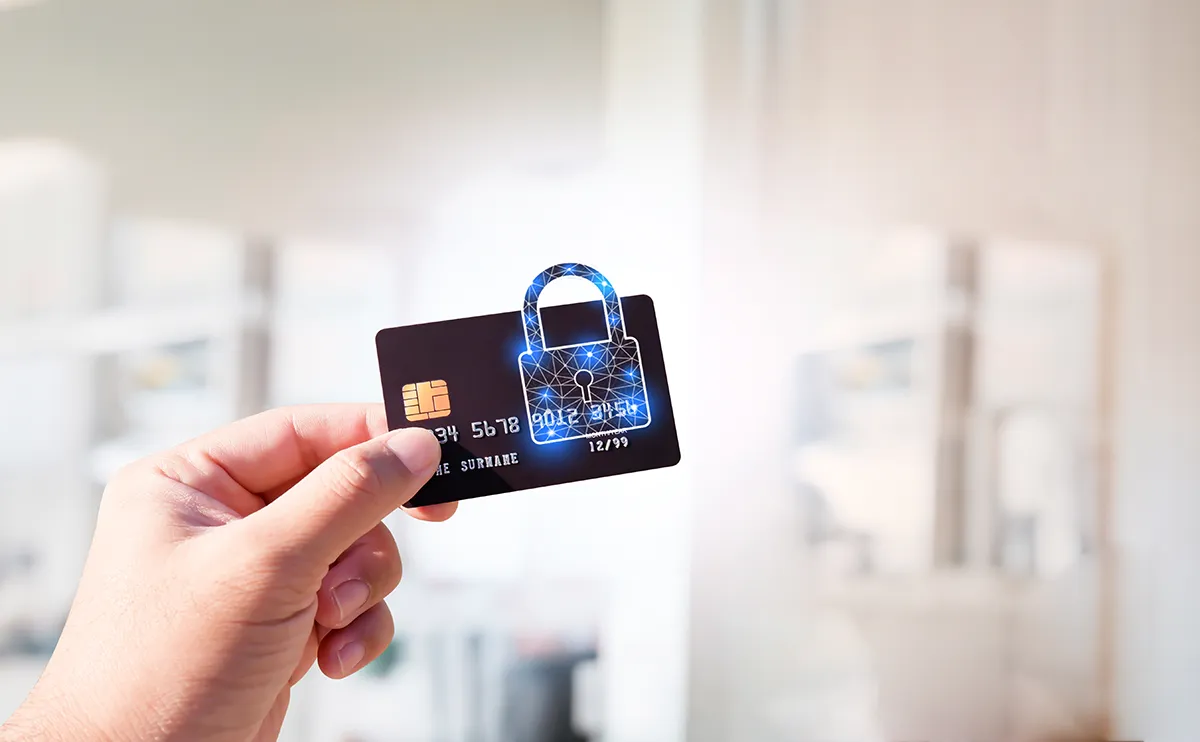
Apply for an Unsecured Credit Card
Don’t expect any miracles in terms of getting approved for a large credit line at an appealing interest rate. However, following a year or more of making regular, timely payments on your secured credit card and/or secured loan, along with measured usage and responsible re-payment of retail/gas cards, it will make sense to apply for an unsecured credit card. Two popular options for individuals looking to rebuild a credit score following bankruptcy are Capital One and Barclay’s. Apply for one card and wait to see if you get approved, as every unsecured credit card application leads to a hard credit inquiry that causes an initial slight negative impact to a credit score.
With a track record of recent successful re-payments under your belt, you should earn approval for a low limit unsecured credit line within one or two attempts. If not, you can next apply with a co-signor in the form of a close friend or family member, provided it is someone who possesses excellent credit. Once approved, use your new card sparingly and make regular timely payments of slightly less than the total monthly balance.
Continued responsible payment behavior can lead to a healthy resuscitation of your credit score into the 600s within the two years following bankruptcy, and you should see further improvement as you continue making timely and consistent monthly payments.
The Most Important Thing to Remember
You must make regular monthly payments on time, each and every month. No exceptions. Anything less will short-circuit any attempts at rebuilding your credit score following bankruptcy. Enough said.

Get Debt Relief
Speak with licensed debt specialists dedicated to guiding you toward financial stability every step of the way.

Ready To Get Started?
See if you qualify for debt relief. Get a Free savings estimate to see how quickly you can be debt free.
Embrace financial freedom with our tailored solutions, expert guidance, and unwavering commitment to your success.
Experienced Professionals
Our experienced team has helped thousands of clients successfully eliminate debt and regain financial freedom.
Customized Solutions
We know every financial situation is different, so we design personalized debt relief plans to fit your specific needs and goals.
High Success Rate
Our proven debt relief strategies deliver real results. With a strong track record of success, we help clients achieve lasting financial stability.
Confidential Consultation
Your privacy is our priority. All debt relief consultations are 100% confidential and handled with the highest level of discretion.
Explore other blogs
